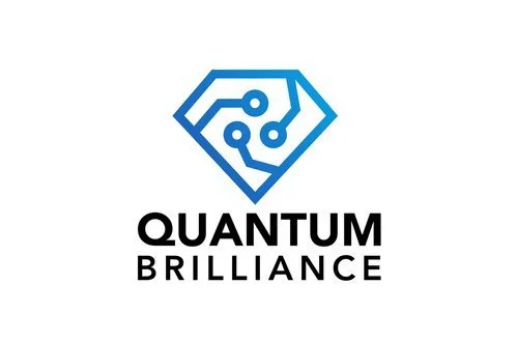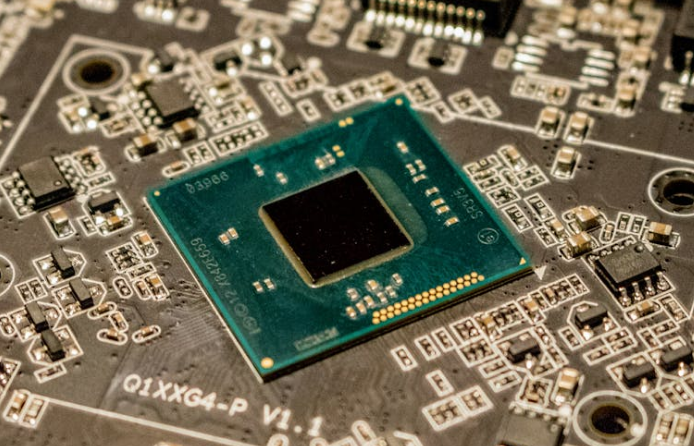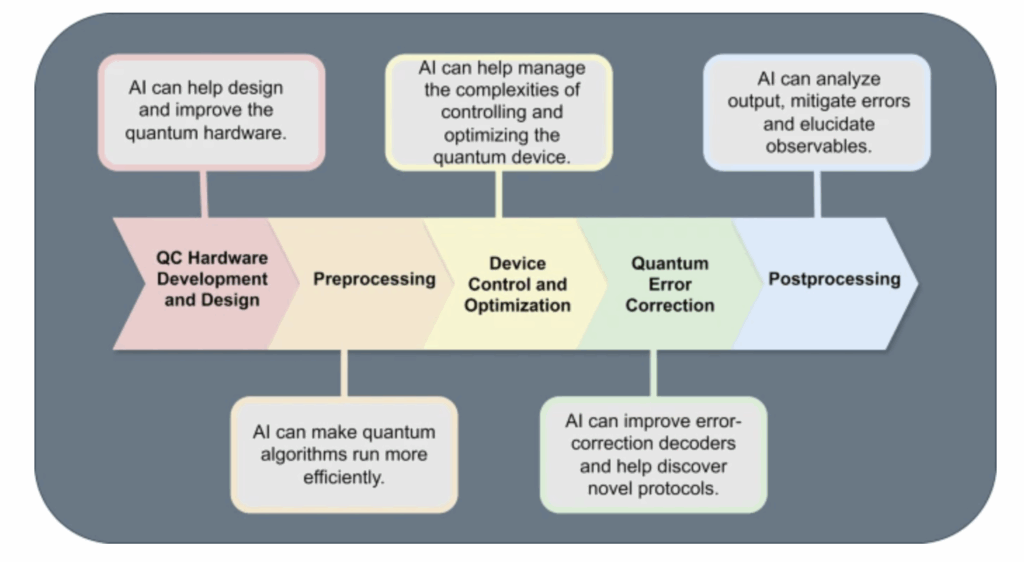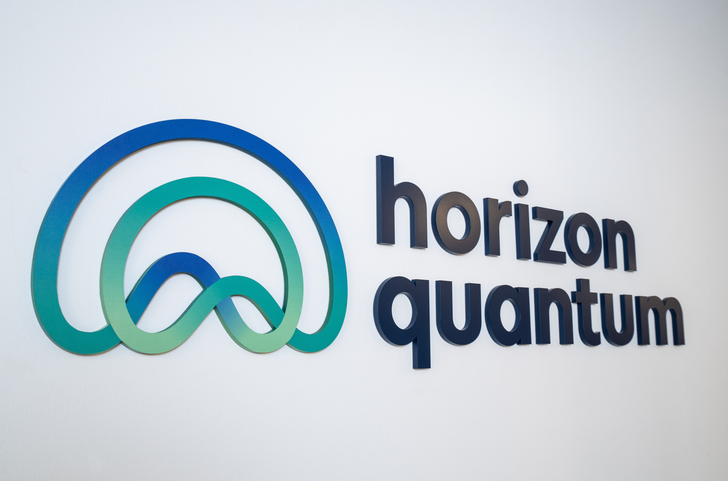Insider Brief
- Alice & Bob reported that their cat qubits maintained resistance to bit-flip errors for more than one hour, surpassing the previous record of 430 seconds set in 2024.
- The results suggest cat qubits may be less affected by cosmic ray collisions, addressing a long-standing challenge in quantum error stability.
- The new bit-flip time already exceeds the 13-minute requirement for Alice & Bob’s 2030 roadmap toward an early fault-tolerant quantum computer with 100 logical qubits.
PRESS RELEASE — Alice & Bob, a global leader in fault-tolerant quantum computing, today announced in a blog post new results showing that their cat qubits can resist one of the main errors in quantum computers, the bit-flip, for more than one hour. These early results seem to suggest that bit-flips are not limited by cosmic rays colliding with the QPUs, a common problem in quantum computing.
The company measured hours-long bit-flip times, a considerable advance over the previous world record of 430 seconds (about seven minutes) set in 2024 on Alice & Bob’s Boson 4 chip.
Alice & Bob’s 2030 roadmap targets an early fault tolerant quantum computer (eFTQC) with 100 logical qubits to address first use cases in materials science. The new bit-flip result is four times longer than the requirement of 13 minutes2 for the 2030 device, solidifying one of the key pillars of cat qubit technology. The next step will be to evaluate the performance of this result under a two-qubit gate (CNOT).

“Being able to push the stability of our cat qubits year after year makes us confident that we will deliver on our roadmap,” said Raphael Lescanne, CTO and Co-Founder of Alice & Bob. “Bit-flip lifetimes are not the only metric that matters, but for cat qubits, they are foundational. The road is still long, but we are advancing fast.”
This result was achieved on Alice & Bob’s latest qubit design, the Galvanic Cat, the same used on their 12-cat qubit chip Helium 2. Enabled by a year of improvements on various fronts from software to experimental techniques and more advanced engineering, the team increased bit-flip times well beyond previous levels and cat-qubits usual operability regimes. Interestingly, this bit-flip time surpasses typical timescales for cosmic rays impacts, suggesting some level of insensitivity of cat qubits to such events.
At a mean photon number of 11, the team was able to run quantum operations on the cat qubit performing a Z gate with 94.2 % fidelity in 26.5 ns, a crucial step for error correction3.
By virtually eliminating one of the two main error types, Alice & Bob’s cat qubits allow for more efficient error-correcting codes that require far fewer qubits.4 Assuming bit-flip protection holds during gate operations, as shown in other experiments, the hardware needed for large-scale quantum computers could be reduced by up to 200 times.
Details of the method and results are available in this blog post.
1) For reference, other leading superconducting qubits achieve bit-flip times of about 0.025 seconds (25 milliseconds), millions of times shorter than Alice & Bob’s latest result.
2) The 2030 bit-flip time target of 13 minutes must also satisfy more stringent requirements than the ones of this experiment, as it needs to be held during two-qubit gates (Controlled NOT).
3) In this experiment, the impact of the drive used to perform the Z gate on bit-flip incidence was not measured but should remain small based on previous experiment and current data.
4) Quantum computers are mainly affected by bit-flip and phase-flip errors. Correcting these requires error-correcting codes, which add significant hardware overheads: hundreds or thousands of physical qubits are often needed to encode a single logical qubit with low enough error rates.


















